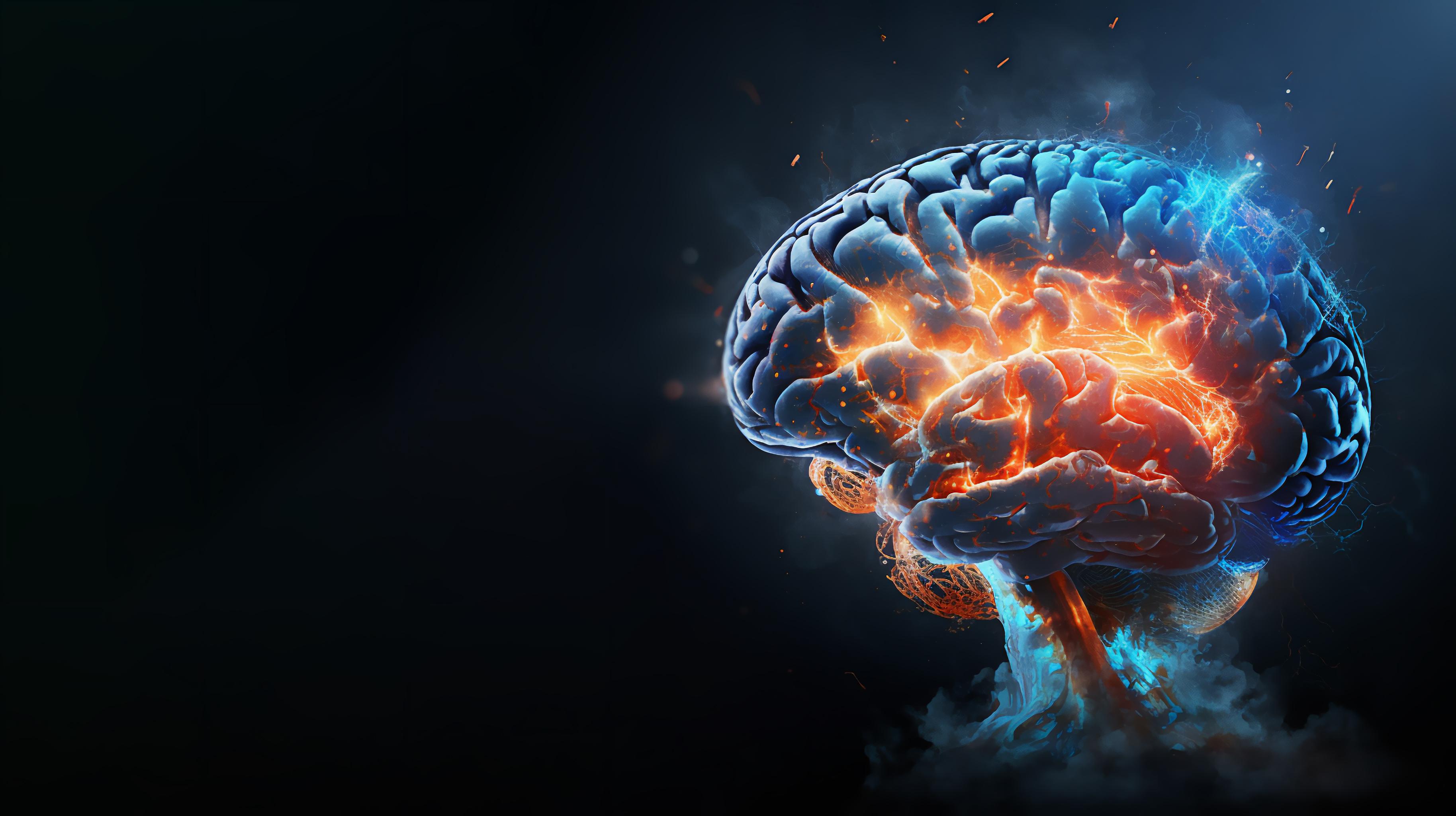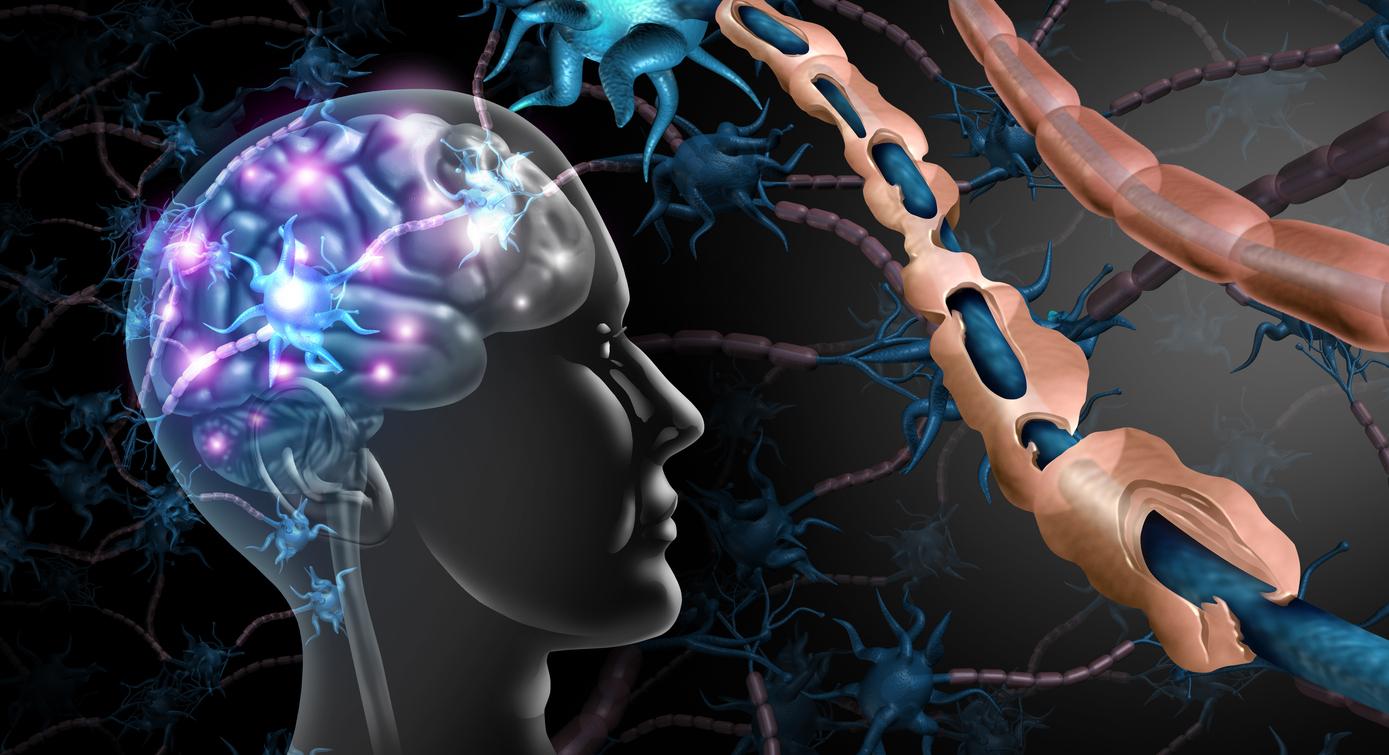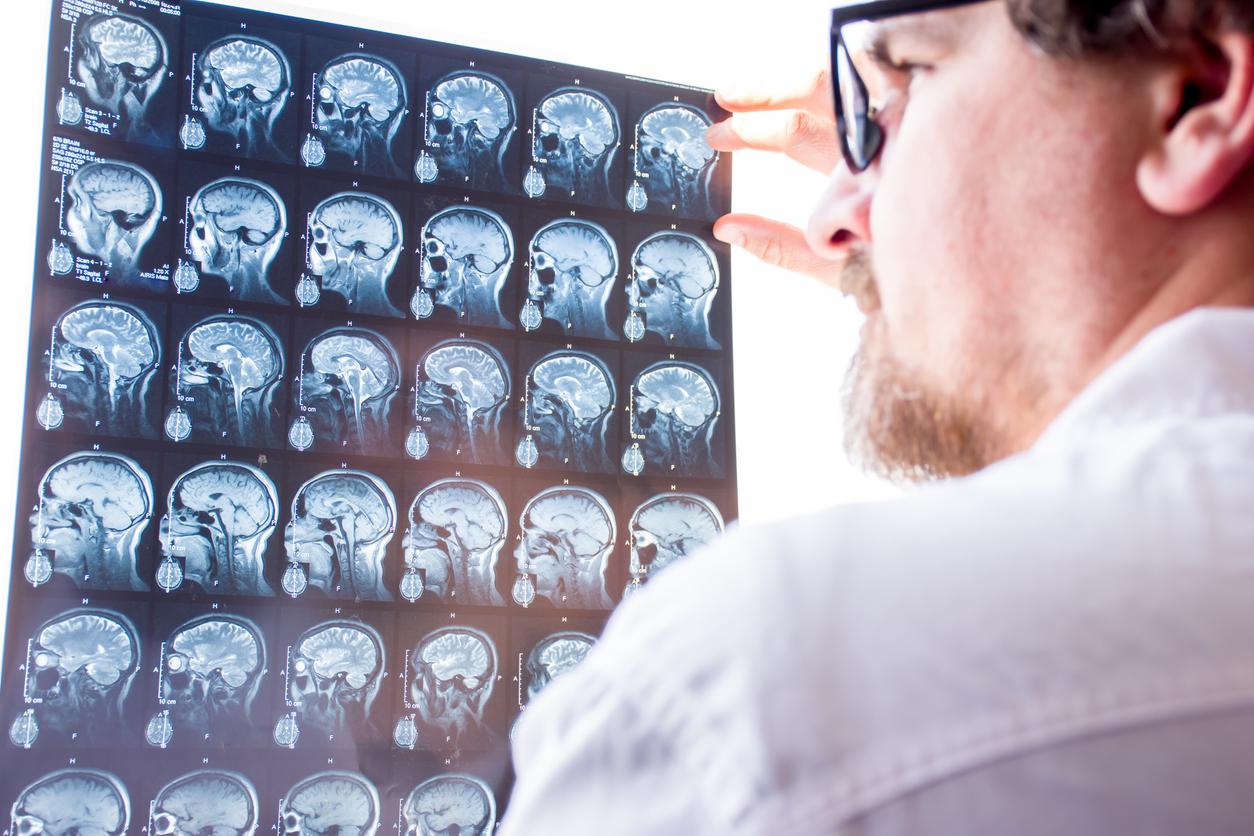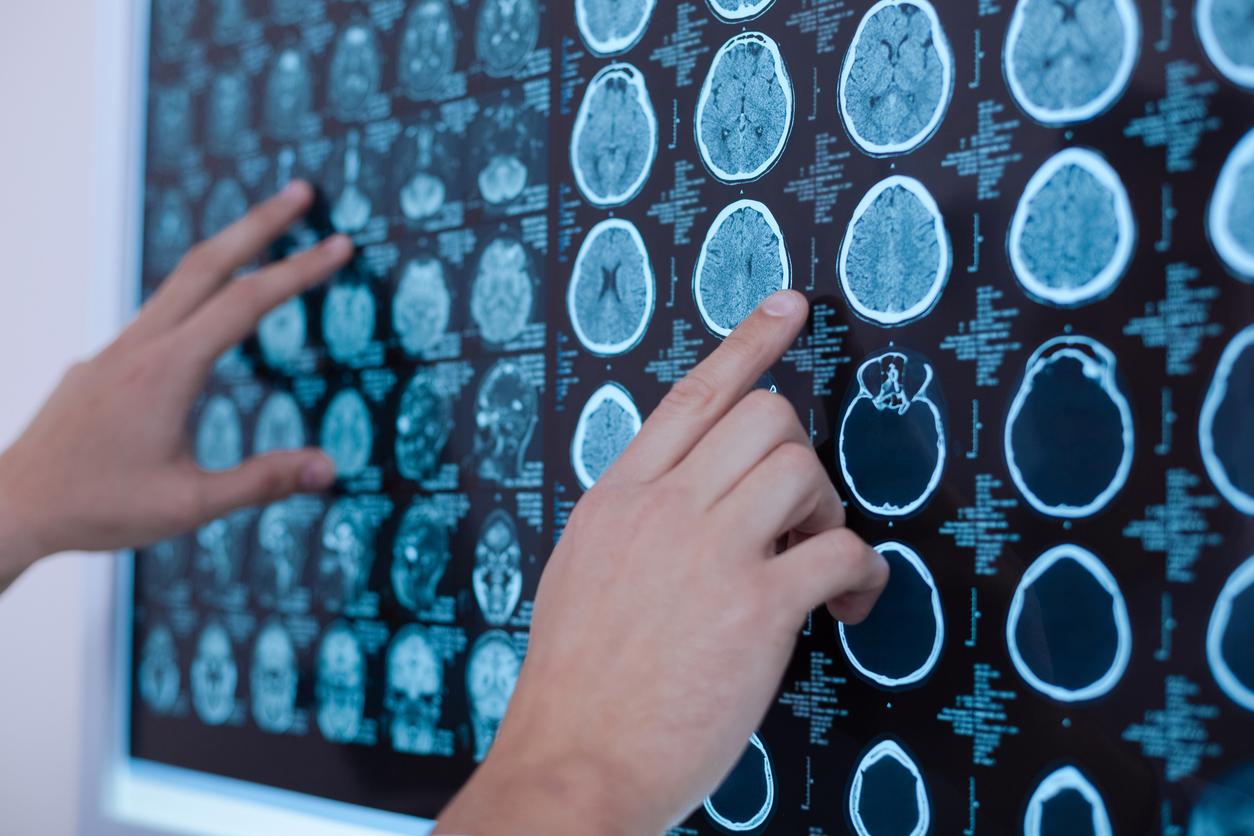When you have multiple sclerosis, the immune system attacks the myelin sheath, ultimately leading to neurodegeneration. Today, research is focusing, among other things, on repairing this sheath. We talk about it with Professor Céline Louapre, neurologist at Pitié Salpêtrière and co-coordinator of the FCRIN4MS network.
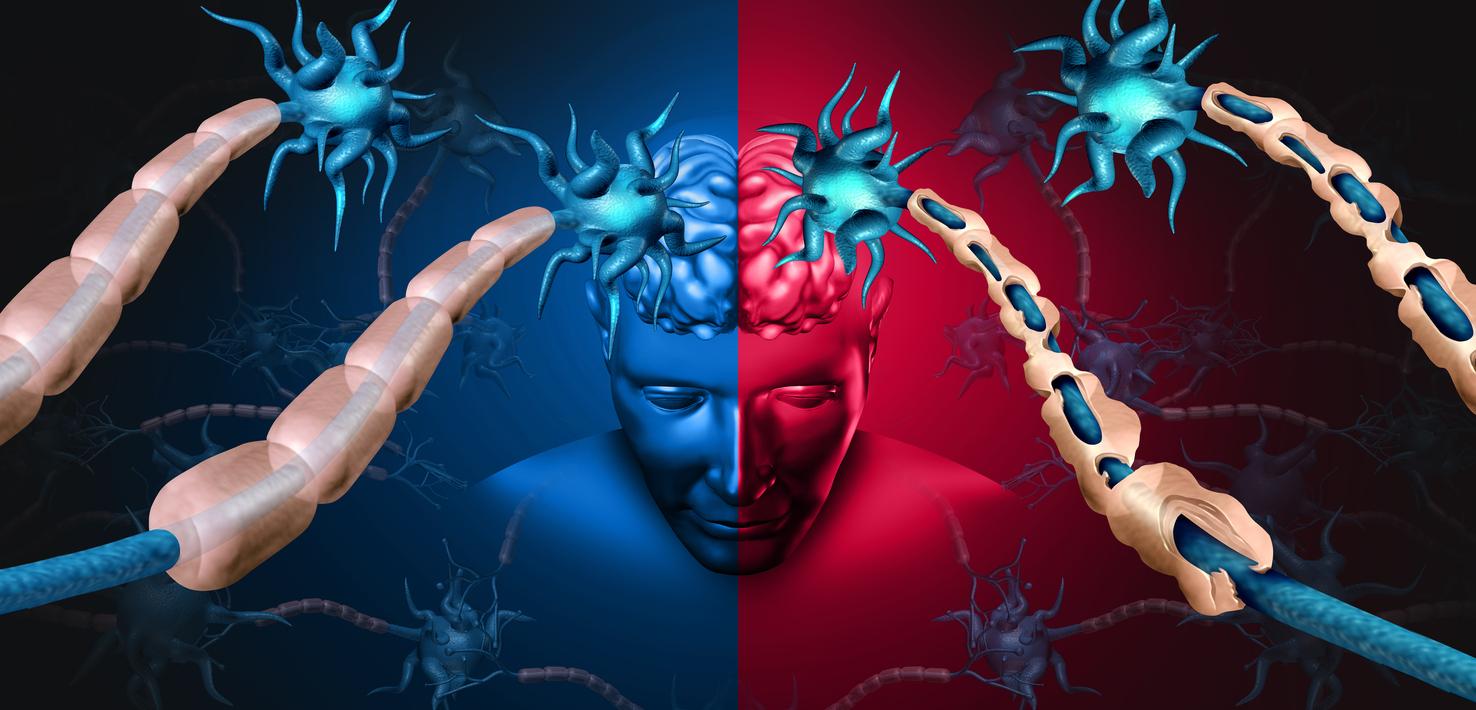
Why doctor: The extension of our neurons is naturally surrounded by a myelin sheath, what is this for?
Professor Céline Louapre: The myelin sheath allows the nerve signal to be transmitted much more quickly than if there was no myelin sheath. It also helps protect nerve fibers (axons).
What does the destruction of this sheath cause when you suffer from multiple sclerosis?
When the myelin sheath is destroyed in multiple sclerosis, there is a slowdown or even interruption of the transmission of the nerve signal, but especially in the long term, a risk of irreversible neuron loss (neurodegeneration). To prevent this loss of neurons, repair of the myelin sheath (remyelination) must occur well before the loss of neurons.
“There are cells capable of (re)forming the myelin sheath”
How does this remyelination occur?
In the central nervous system, myelin is synthesized by cells called oligodendrocytes. Remyelination is possible because there are cells, including in the adult brain, capable of (re)forming the myelin sheath. These cells called oligodendrocyte precursors can migrate and differentiate into oligodendrocytes, then form myelin again around the axons, this new myelin usually being thinner but capable of restoring efficient nerve conduction and above all limiting the risk of degeneration of the nerve. ‘axon.
Why is this phenomenon often incomplete or limited in multiple sclerosis lesions?
Several reasons explain this. A scar made of cells called astrocytes can limit the migration of oligodendrocyte precursors. The persistent inflammatory environment, particularly linked to microglia, is unfavorable for the maturation of oligodendrocytes. In addition, axons must have appropriate electrical activity to promote remyelination. Current lines of research aim to remove these obstacles to allow more effective tissue repair.
MS: “some patients unfortunately do not benefit from the progress made in recent years”
Will we ever be able to cure this disease?
The causes of multiple sclerosis are very intertwined with our immune system, and even if it has been possible for several years to limit the deleterious immune response thanks to basic treatments, it seems difficult to completely control it in a lasting manner. Other mechanisms are at play and are not currently targeted by disease-modifying treatments, which explains why some patients unfortunately do not benefit from the progress made in recent years. Our research efforts focus on progressive forms whose evolution we hope to be able to slow down by targeting more precisely the specific mechanisms of these evolutionary forms.
Multiple sclerosis is expressed in a very variable manner, with some patients having almost no symptoms. By better understanding this variability, we will also be able to discover new avenues to limit the severity of the disease.
Today, what is the best weapon for doctors and patients to fight against disease?
Prevention remains the best weapon for the moment, by intervening very early. Risk factors linked to our lifestyle can also be modified (stopping smoking, limiting excess weight and promoting physical activity) to generally improve the prognosis of the disease.











